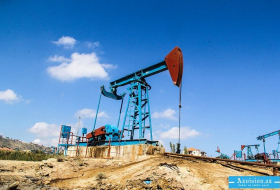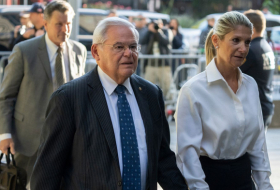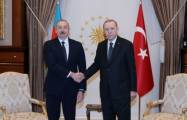The decline in oil benchmarks extended losses on Wednesday over uncertainty about Russia’s commitment to deep output cuts ahead of a June 9 meeting of the Organization of the Petroleum Exporting Countries and its allies, a grouping dubbed OPEC+.
Brent crude futures were down 1.12%, or 39 cents at $34.35 per barrel, after dropping to as low as $33.62 in earlier trade.
U.S. West Texas Intermediate (WTI) crude futures were down 1.52%, or 50 cents, at $32.31 a barrel at 0945 GMT. The U.S. futures slipped earlier as much as 5% to a low of $31.14.
“The rise in API (American Petroleum Institute) inventories was very much unexpected and means this evening’s U.S. EIA crude inventories will be monitored closely. That appears to be weighing on sentiment in Asia,” said Jeffrey Halley, senior market analyst at OANDA.
Data from industry group API showed U.S. crude stocks rose by 8.7 million barrels in the week to May 22, compared with analysts’ expectations for a draw of 1.9 million barrels.
“Crude has been trying to break some resistance but the API number is keeping the price where it is,” Olivier Jakob of Petromatrix consultancy said.
“We’re heading into the early June OPEC+ meeting so we’ll be seeing soundbites like MBS having a conversation with Russia... but we need some good stats for the price to go higher.”
Russian President Vladimir Putin and Saudi Crown Prince Mohammed bin Salman (MBS) agreed during a telephone call on further “close coordination” on oil output restrictions, the Kremlin said on Wednesday.
With WTI holding above $30 a barrel, OPEC+ will be closely watching to see whether U.S. shale oil producers, who have breakeven prices in the high $20 and low $30 dollar range, step up production, National Australia Bank’s head of commodity research, Lachlan Shaw, said.
More about: United-States Russia SaudiArabia
















































